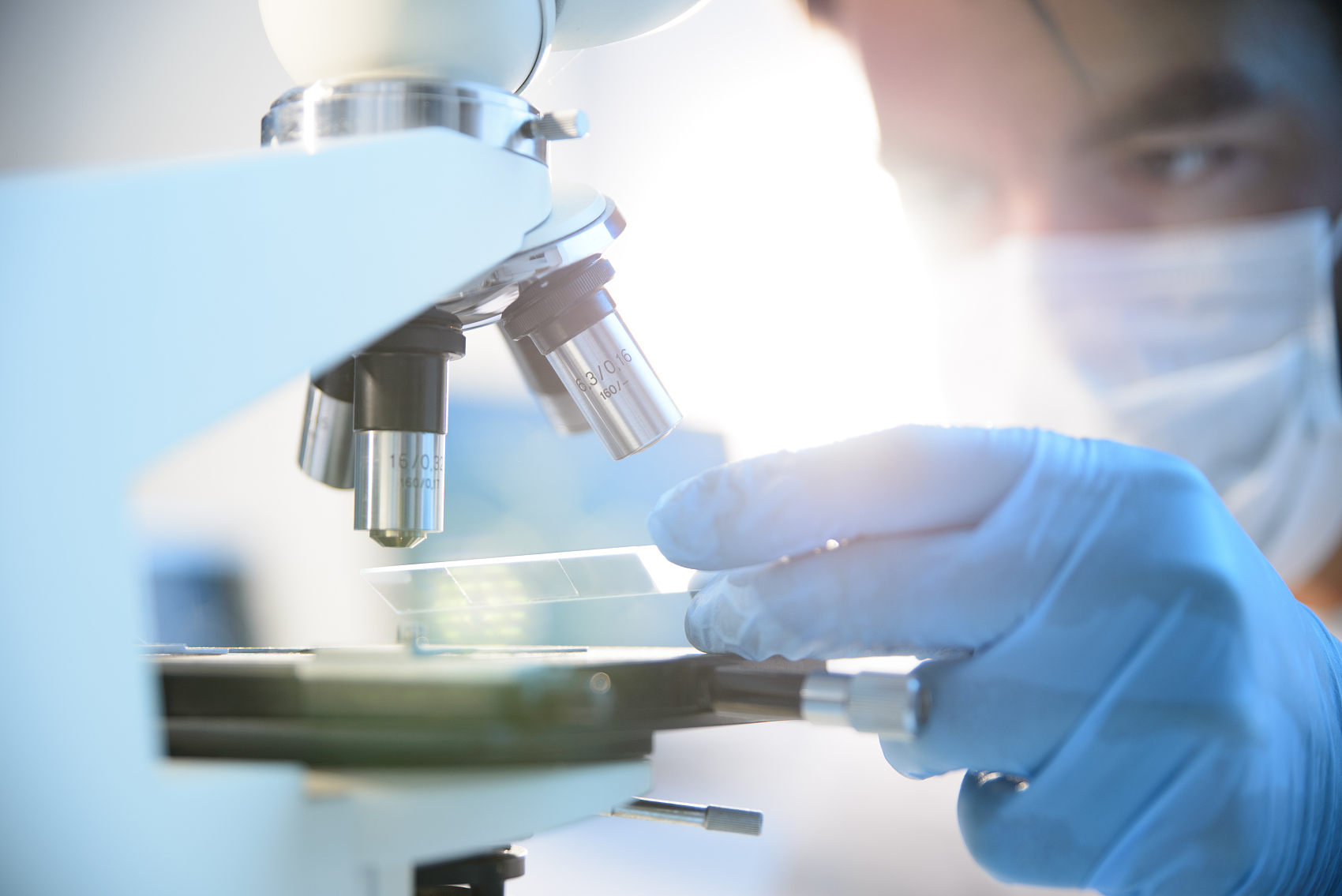
Phage display fully human antibody library
With hundreds of billions of unique clones, it provides us with one of the most diverse antibody libraries in the industry in terms of absolute numbers and functionality, allowing us to develop drug candidates that include more stable bispecific antibodies to generate antibodies specific to a desired protein target, with higher success rates even for novel targets or unique epitopes.
Yeast display library
It is our core technology for discovering and producing fully humanized antibodies or functional domains. Relying on the eukaryotic properties of yeast, proteins can be recombined and modified, and we can produce the desired antibody with high specificity and stability in the rich humanized antibody combination of the yeast display library.


Antibody structure design platform
We have utilised the platform to design and develop a complete suite of computational methods to meet the sophisticated computational needs in antibody development. The main applications are antibody humanisation, affinity maturation and other multifunctional antibody modification processes. Most of the Company's innovative drug candidates have been validated by precise calculations using this antibody structure design platform. In addition, the Company has recently developed immunogenicity prediction techniques that, in combination with antibody sequence and structure analysis, can identify and address potential flaws in the early stages of candidate molecule development, allowing the Company to focus on drug molecules with greater potential for clinical benefit and commercial value.
ADCC Retrofit Platform
The main technical feature refers to the modification of the sugar chain in the Fc region, whereby the resulting antibody can be completely free of fucose modifications. Since the fucose in the Fc region of the antibody prevents the antibody from binding to FcγRIIIa (CD16a), the fucosylation-free Fc region increases the affinity of the antibody for FcγRIIIa, and thus the de-fucosylated antibody recruits more effector cells to the tumour site to enhance ADCC (one of the main mechanisms of therapeutic antibodies in cancer therapy). We have developed six ADCC-enhancing antibody candidates, all of which are in clinical development.


ADC technology platform
We independently develop and own a new ADC technology platform, which uses cleavable linkers to couple toxic small molecule topoisomerase I inhibitors to antibodies. The toxin small molecule has a strong ability to penetrate the cell membrane. After the ADC kills cancer cells, it can be released and kill nearby cancer cells, producing a bystander effect and effectively overcoming the heterogeneity of tumor cells. At the same time, the new platform ADC has good stability and safety, and the release of small toxin molecules in plasma is extremely low, reducing the risk of off-target toxicity. Multiple ADC candidate products developed using the new platform have shown high anti-tumor activity in in vivo and in vitro pharmacological studies, enabling the development of potential targeted therapy "best-in-class" antibody-drug conjugates.
Bispecific and multifunctional antibodies
We have established a technical process for the development of bispecific antibodies with independent intellectual property rights, which includes the selection and evaluation of bispecific targets, the selection and evaluation of bispecific antibody formats (Format), the expression and analysis of bispecific antibodies. On this basis, the company is currently developing a variety of bispecific antibody molecules targeting tumors, autoimmune diseases, and cardiovascular diseases. The antibody forms include shared light chains and IgG-scFv.
